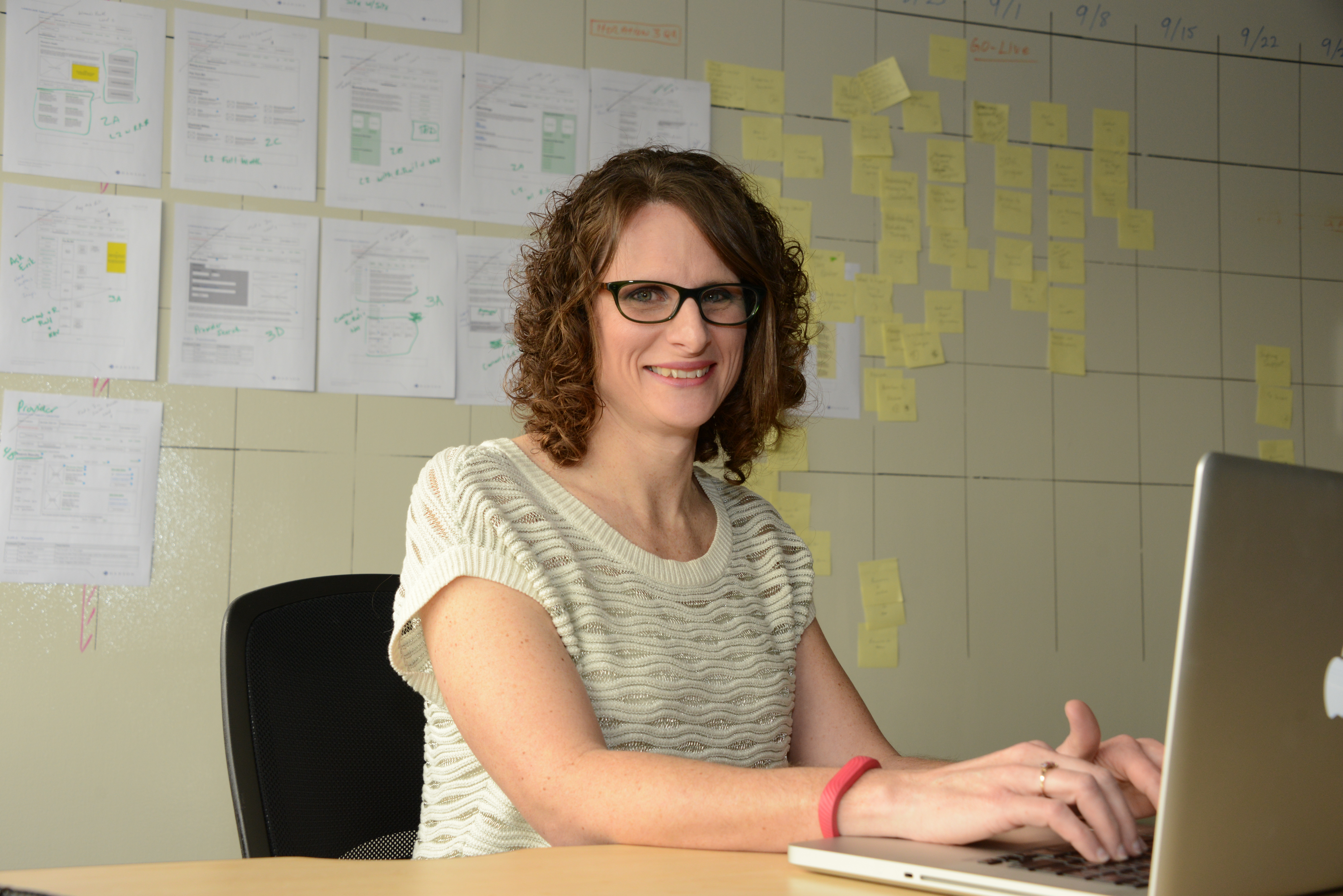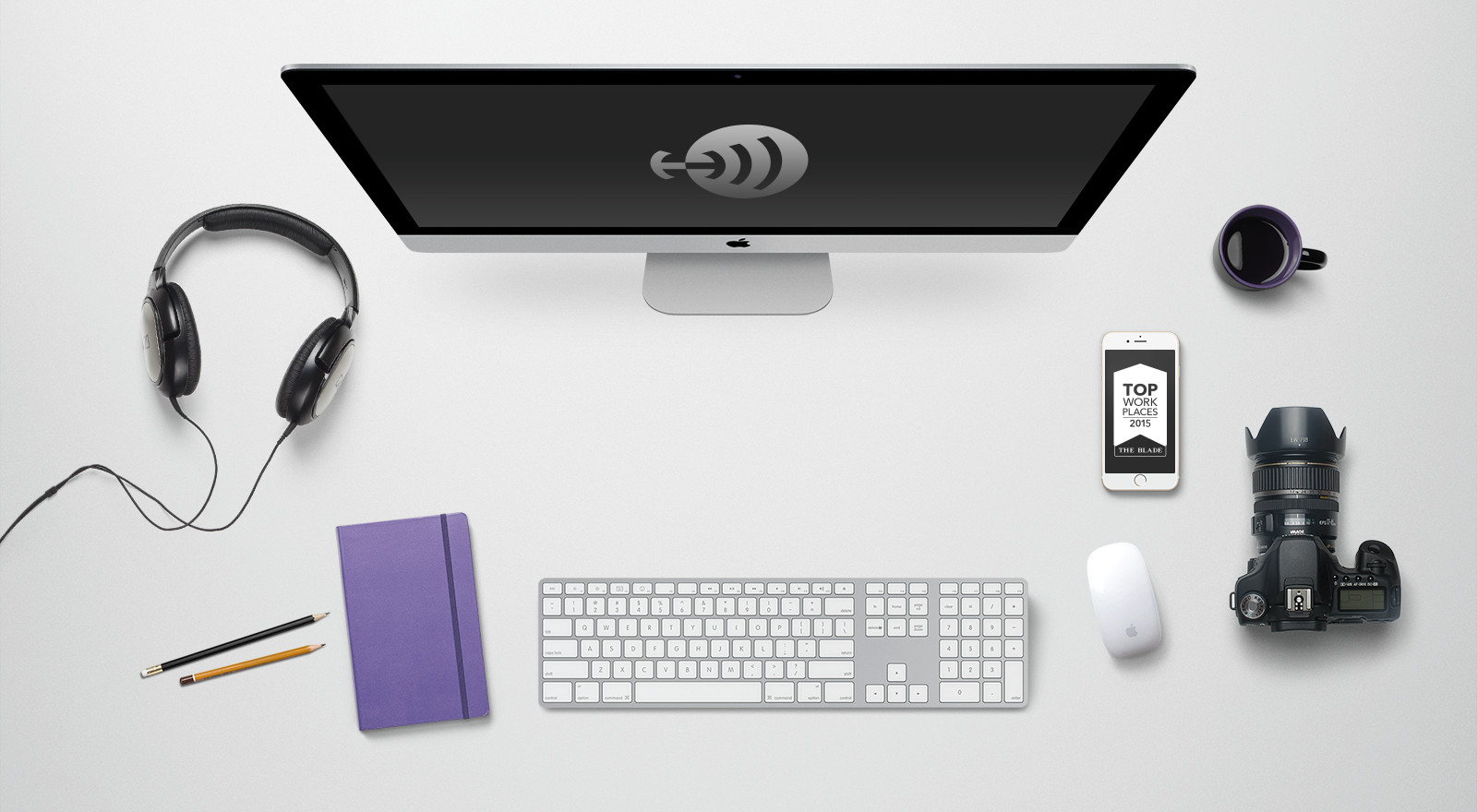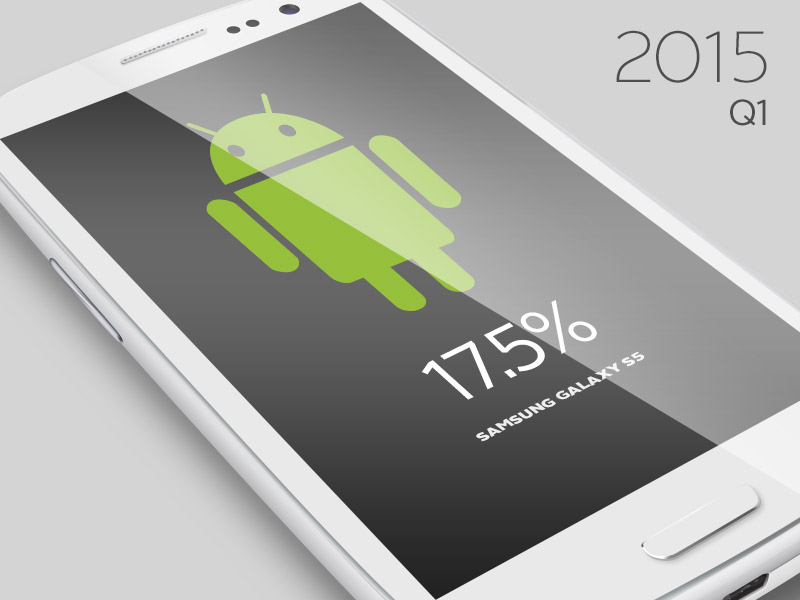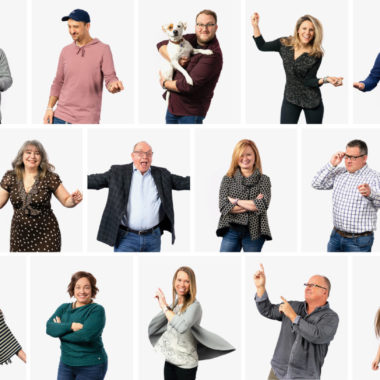What We Know Now: Leslie Mohn
If you’ve been following our ongoing career lessons series, you know that at Hanson we like to take a few minutes from time to time to reflect on what we’re learning and look for opportunities to grow. Over the last few months, we’ve interviewed Video Production Specialist Ben Eddings, Account Director Sue Woten-Schultz, Connection Strategist Chris Kujawski, Senior Account Manager Amy Shrewsbery, Director of Front End Development Dave Rodriguez, and Senior Account Manager Connie Calmes. Today, we’re talking to Director of User Experience Architecture Leslie Mohn.
Mindy: I understand that your degree is in technical writing, but now you manage Hanson’s user experience architecture team. How did that transition happen?
Leslie: I didn’t actually know this career field existed when I first started. I basically fell into it; I went to school for technical communication, which focused on helping people understand how to use a system, but even in my first job I was working on defining a digital experience. At that time it was a digital experience for a technical manual.
Mindy: That transition makes a lot of sense to me as a writer, given the many forms communication can take – from symbols and images to information organization to instructional copy. Once you were more formally involved in UX as a discipline, was there anything in particular that surprised you?
Leslie: I’d have to say the data behind it. Intuitively, every one of us is a user, so it’s easy to just assume how you expect to use something is the right way for it to work. When you’re able to step back from that, keep an open mind and observe other people trying to perform the same activity, you quickly realize that other people may use that same thing completely differently.
I’ve had the opportunity to conduct and observe usability testing on various projects, and each time, I’ve seen something that surprised me because it didn’t match up with how I expected to use that feature. The data from usability testing almost always results in clear findings for areas that could be improved, which allows us to confirm what’s working and to make informed decisions about how to make the end solution even better.
Mindy: Given the transition you’ve made and all the experience you have now, what’s something you wish you had known when you first started?
Leslie: When I first started in this field, we tended to work more in a waterfall format, where the UX architect would go off and create some wireframes or a functional specification, and work to get it all wrapped up in a bow to hand off to the production team. Then the production team would take it and say things like “if you had set it up this way instead, we could have saved half the budget.”
We’ve made a lot of progress both from a collaboration perspective in getting everyone from the different areas involved in defining what we’re building, and also from a process perspective by better defining what steps we go through and what types of documentation help us all more quickly align on the solution. Most of the improvements we’ve implemented were the result of lessons learned on previous projects, so having that knowledge right out of the gate would have had huge impacts on those earlier projects. Luckily I still have a lot of new projects in me that will get to benefit from those lessons learned.
Mindy: Absolutely!
Thank you to Leslie for these insights, and watch for future interviews with other members of our team.





